What Is Pecorino Cheese and How Do You Use It?
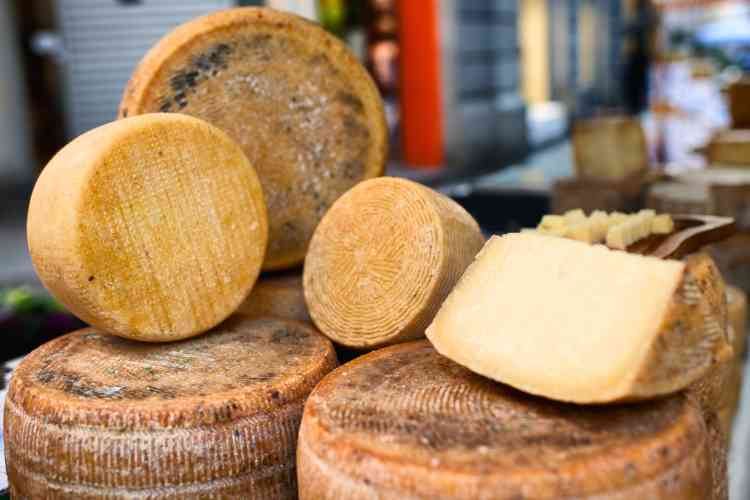
Do you spend far too much time perusing the shelves of Parmesan, pepper jack, pecorino and havarti at the local market? Have you ever wondered what distinguishes one type of cheese from another? After all, you’re likely to see several different varieties labeled as pecorino.
From Romano and Toscano to Sardo and Siciliano, it can be tough to figure out just which variety of pecorino to choose for a charcuterie board, a pasta dish or a wine tasting. To help, we’ve put together a handy guide for choosing, using and storing all types of pecorino cheese.
Jump to Section
- What Is Pecorino?
- How To Use Pecorino Cheese
- Where To Buy Pecorino Cheese
- How Long Is Pecorino Romano Good For?
What Is Pecorino?
Pecorino is an Italian cheese made from sheep’s milk, with the word “pecora” meaning “sheep” in Italian. Its color can be white or pale yellow and it has a creamy texture that’s slightly crumbly. Taste-wise, it ranges from sharp and salty to mild and milky. The subtle differences in texture and taste depend on which region the sheep are from.
There are four main types of pecorino cheeses and all have a Protected Designation of Origin (PDO) status. This means that the cheese has been produced in a specific geographic area and meets strict requirements regarding how it’s aged and handled.
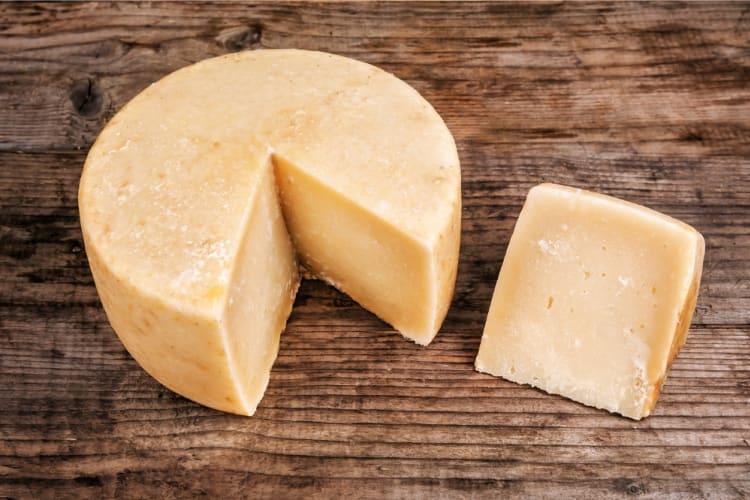
Different Types of Pecorino Cheese
-
Pecorino Romano: This cheese is the variety that most North Americans are familiar with. Originating in ancient Rome in the Lazio region, it is now mainly produced in Sardinia, which was chosen because it had more grazing space for sheep. It’s aged for about eight to 12 months, which produces a harder cheese that’s wonderful for grating. When aged for three to five months, it’s best used as a table cheese.
-
Pecorino Toscano: Originating from Grosseto and Siena in Tuscany, this variety of pecorino has a firm texture and subtly nutty flavor that is less salty than Romano. Toscano is matured for at least 20 days and is popular as a table cheese. Mature varieties are a bit harder and are excellent for grating over pasta and risotto — it’s often used as a substitute for Parmesan. You can also pair it with honey or fruit like pears, strawberries and dates.
-
Pecorino Sardo: Produced in Sardinia from the milk of the Sarda breed of sheep, this type of pecorino has a rich and less salty taste than Romano. When aged for about 40 days, it has a sweet flavor that’s great in pesto. At six months of aging, it’s sharper and better for eating on its own. Sardo can also be smoked (the other varieties can’t), giving it a unique flavor that makes it perfect for pairing with soup, quiche or white wine.
-
Pecorino Siciliano: This final type of pecorino is a semi-hard white cheese that’s produced in Sicily. Heralded for its flavor since ancient times, it’s more well-known in Italy than in other areas of the world. It has a tangy and slightly spicy flavor that’s milder and less salty than Romano. It can also have spices or pieces of pistachio in it, which adds a unique touch. Siciliano is an excellent choice for grating and eating with olives, honey, rustic bread and red wine.
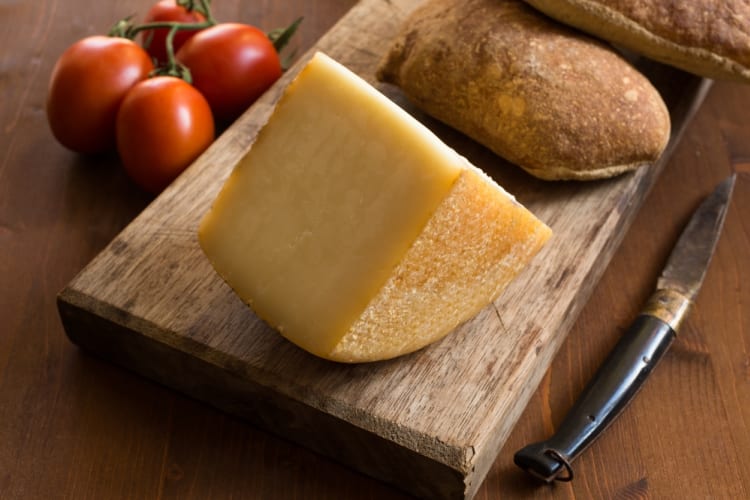
What Does Pecorino Cheese Taste Like?
Depending on the region of origin and length of aging, pecorino cheeses feature flavors ranging from nutty and salty to mild and sharp. This makes it one of the most versatile Italian cheeses and a major export for the country.
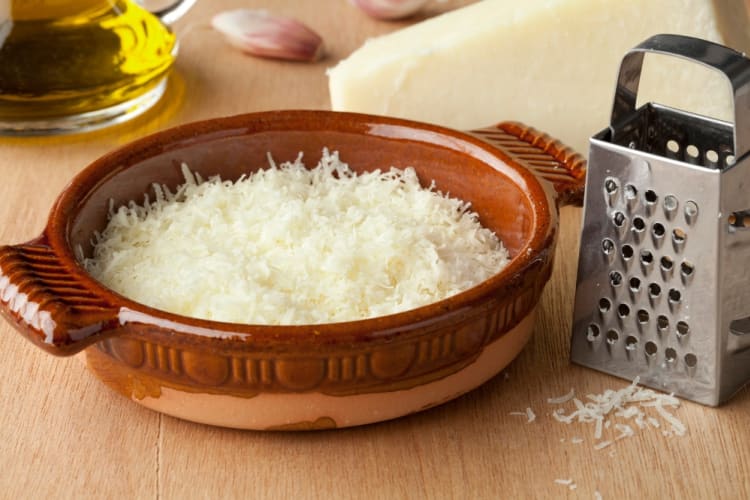
Is Pecorino Romano the Same as Romano?
Pecorino Romano is not the same as Romano. Romano is a term used in the U.S. and Canada for a class of hard cheeses made from cow’s milk, whereas all varieties of pecorinos are made in Italy from sheep’s milk. The two are similar in taste and texture, but the typical Romano has a milder flavor than Pecorino Romano.

Is Pecorino the Same as Parmesan?
While similar in texture, this type of cheese is not the same as Parmesan. They are both hard cheeses that grate well for sprinkling. Parmesan, however, is made from cow’s milk, while pecorinos are made from sheep’s milk. Parmesan is a better melting cheese if you’re preparing baked pasta dishes. Pecorinos have high melting points, so are best used for grating over the top of a finished dish.
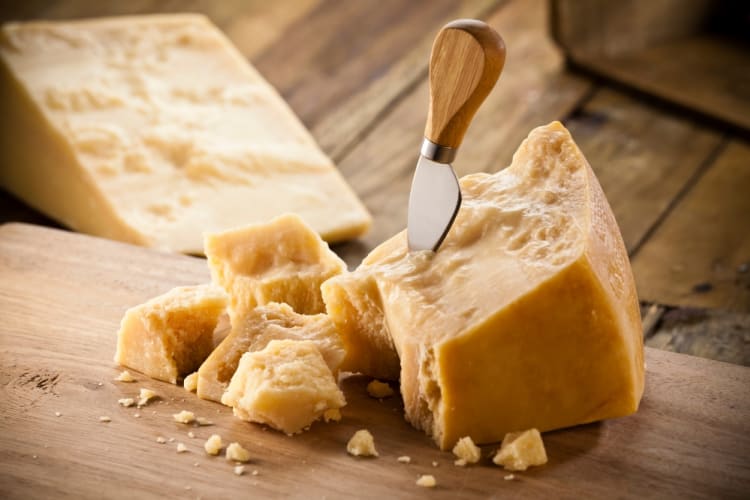
Is Pecorino Romano Lactose-Free?
Like many aged cheeses, this variety is either lactose-free or very low in lactose. The aging process breaks down lactose into lactic acid. Fresh cheeses that aren’t aged, such as mozzarella and ricotta, contain more lactose. The longer the cheese is aged, the more the lactose is broken down, thus creating a practically lactose-free product. Check the label for the sugar content — if it has a high sugar content, it will be higher in lactose. The lower the sugar content, the lower the lactose.
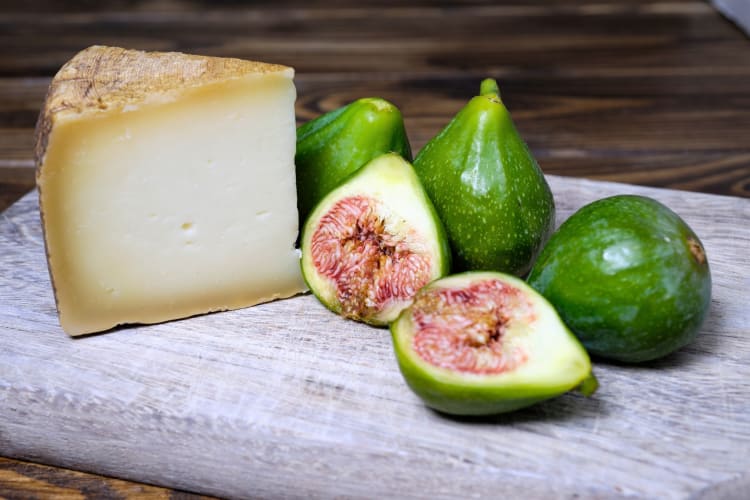
How To Use Pecorino Cheese
Pecorino is extremely versatile and a wonderful grating cheese to sprinkle over pasta, soup, vegetables or meatballs. You can also cut it into slices or wedges to enjoy with bread, crackers, nuts and sliced deli meat or add it to a charcuterie tray for a delicious treat.
In terms of flavor, the salty and slightly tangy edge pairs well with sweet fruits, jams and preserves, moscato wine and even chocolate. If enjoying with pasta, try simple recipes that let the flavor of pecorino shine, such as pasta alla gricia, spaghetti carbonara, Sardinian culurgiones and authentic cacio e pepe.
If you want to learn more about the best ways to incorporate pecorino into your cooking, consider taking some cooking classes near you. Alternatively, opt for online cooking classes specializing in Italian food that you can participate in from the comfort of your own kitchen.
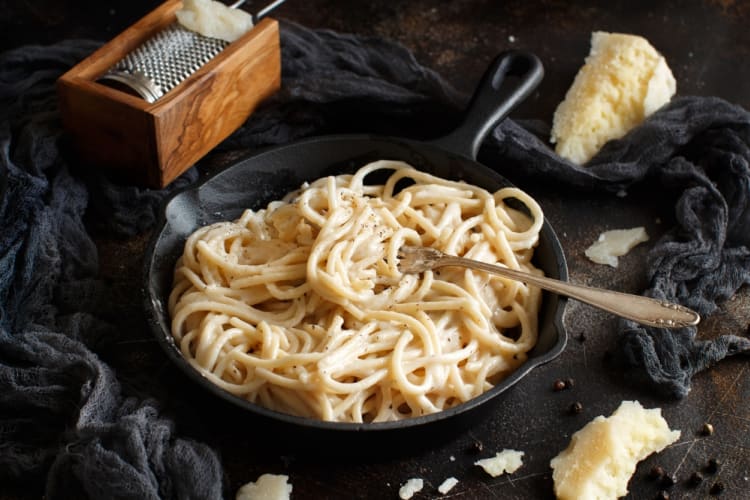
What Is a Substitute for Pecorino?
Since the two are so similar in flavor and texture, Parmesan is a great substitute. Manchego — which originates from Spain — is another sheep’s milk cheese that can be used as an alternative to pecorino.
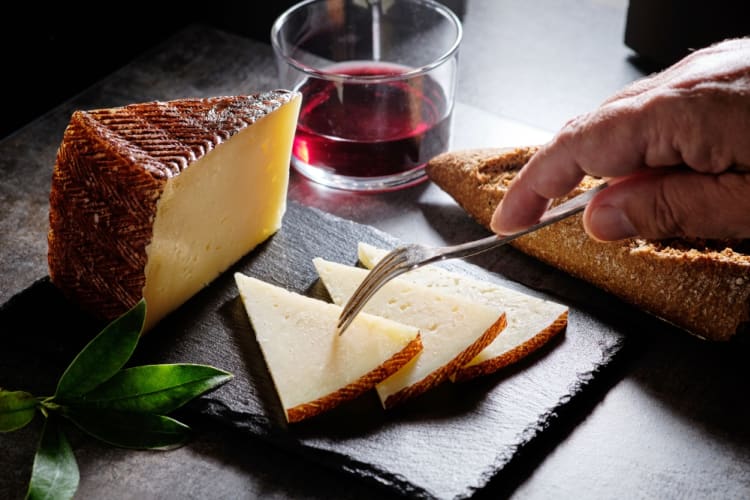
Where To Buy Pecorino Cheese
This type of cheese can be purchased at your local grocery store, farmers market or artisan food store. The Romano variety is going to be the most available in grocery stores. Other varieties of pecorino might be harder to find, so you may want to try gourmet food stores, Whole Foods, Trader Joe’s or even online retailers, such as Amazon.

How Long Is Pecorino Romano Good For?
This cheese variety is good for several weeks when stored in the refrigerator. It’s best to use it within a month of opening for the most optimal flavor and texture.
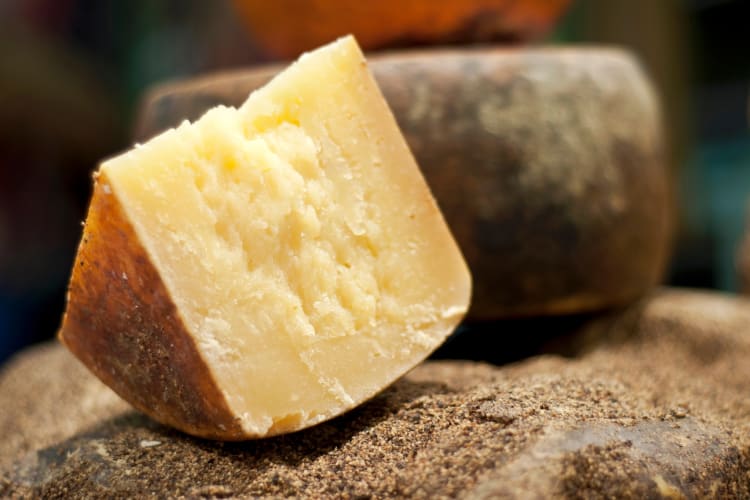
How To Store Pecorino Romano
To ensure that pecorino cheese stays fresh and preserved, make sure it’s wrapped tightly in cling film, foil or parchment paper and place in an airtight container — this prevents moisture loss and contamination by odors from other foods in the refrigerator. The vegetable drawer is an excellent place to store cheese because it has a higher humidity level. In terms of temperature, the ideal refrigerator temperature for storing pecorino is at around 35 to 45 degrees Fahrenheit. If it’s too cold, the cheese will dry out, but if it’s too warm, it may develop mold.
Another way to store cheese is in a cheese dome, as this creates the ideal humidity to prevent the cheese from drying out. Again, wrap tightly to keep the moisture in, then place the dome in a cool spot, between 50 to 60 degrees Fahrenheit, and monitor every couple of days. It should be used within a week when stored like this.
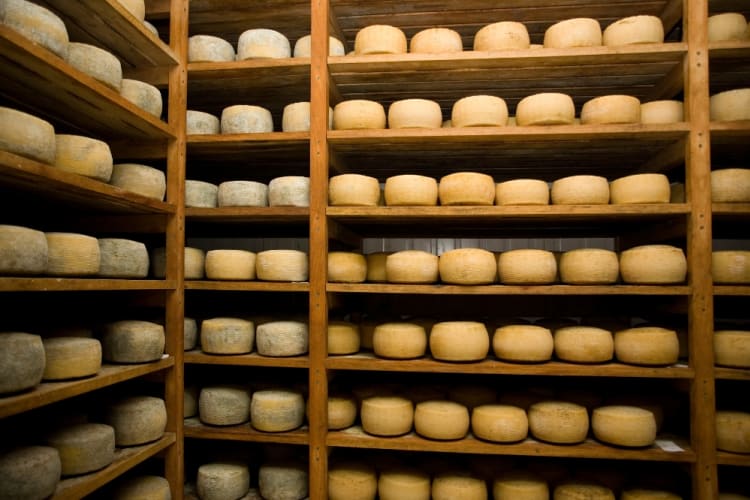
Can You Freeze Pecorino Romano?
Yes, you can freeze cheese and pecorino can be frozen for six to nine months. Be sure to wrap the pecorino tightly in wax or parchment paper to prevent moisture loss and then place it in a resealable plastic bag before freezing.
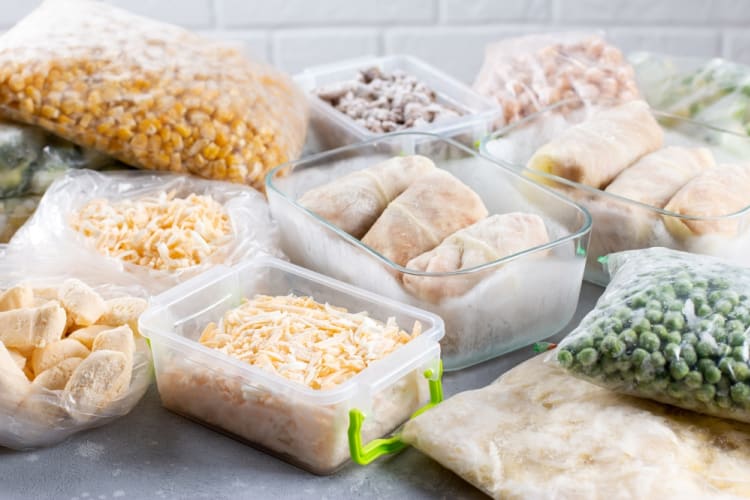
The next time you plan a party, write up the weekly menu or organize wine and cheese pairings for a get-together, take note of all the varieties of pecorino and the ways in which you can use these cheeses. Experimenting with the different types of pecorino is a fun and delicious way to discover the incredible flavors of Italy.
For even more ways to enjoy your favorite foods, check out other experiences happening on Cozymeal.



FOOD FOR THOUGHT?
Join the conversation.